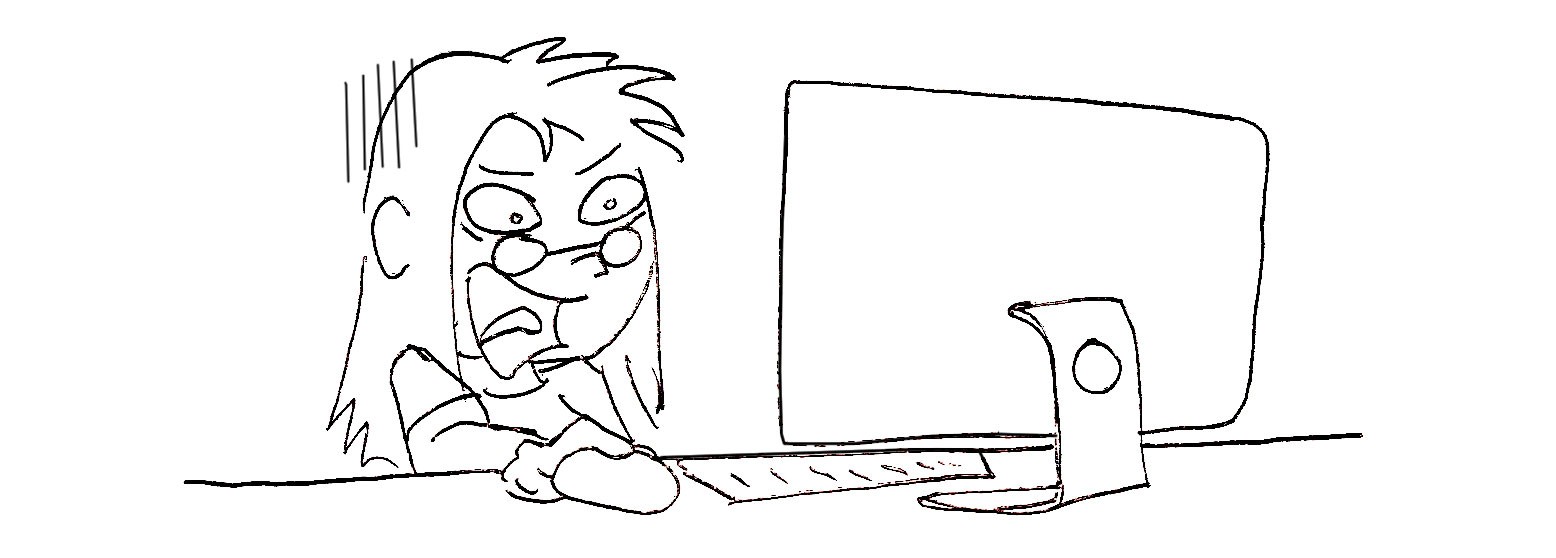The Heart Of The Matter
I’ve always been the kind of person who either goes all in or not at all. I love my heart—its stubbornness, its fire. So when my cardiologist first suggested fixing it, I refused.
Nearly a decade ago, in my first year at Generator Design, I wrote about being a child at heart and the importance of health as a designer. Back then, I had no idea how much those words would echo. Now, in July 2025, I understand: living with this heart was never easy. I just got used to walking on eggshells my whole life.
What I dismissed as panic attacks—random, crushing waves of fear—were actually episodes of supraventricular tachycardia (SVT), a condition I was born with. Imagine your heart shifting from a steady rhythm to a frantic 150 bpm in seconds. Mine? It would rocket to 270. It happened mid-sprint, in deep sleep, during intense Dr. Mario sessions, and once, cruelly, while editing a blog post. (Typos: the silent killers.)
The signs had been there for years, piling up quietly. The sparkly lights when I stood too fast. Passing out after casual rollerblading. Getting winded climbing a single flight of stairs, despite months of jogging that never lasted more than 30 seconds. How was I supposed to know these weren’t just quirks?
Then, in 2023, an unrelenting “panic attack” landed me in the ER. The doctor took one look at the monitor and said, “You’re in SVT. What were you doing when it started?” I hadn’t been exercising, just working from home (curse that blog post). The irony? The sheer terror of hearing they might shock my heart sent it back into rhythm on its own. Ten minutes later, I was discharged, bewildered.

After that, fear won. I stopped exercising, dreading the next episode. Bike rides to work became minefields. The attacks came like lightning. Unpredictable, terrifying, and gone just as fast, if I was lucky. Despite being so constantly focused on my heart, I lost sight of the activities I love.
Then, in January 2025, life and my heart delivered a one-two punch.
At the Generator office one morning, my heart surged into an SVT that wouldn’t stop. EMS confirmed it: 270 bpm. “She’s cookin’!” a nurse called out. Not the reassurance I needed. Then, as if scripted, my phone rang: my mum, calling to say my terminally ill sister was in her final hours at another hospital. In that moment, the medical team pushed adenosine into my arm to stop my heart.
Silence.
Then, a steady beep: 119 bpm. Quiet cheers filled the room, followed by: “You should get an ablation.” Solid advice, doc. But not today. I was discharged and raced to my sister’s side. I won’t relive the rest of that day, but I’ll say this: stress might’ve been the trigger, and whether or not it’s medical advice, taking care of your mind and body isn’t optional.
So, what’s an ablation? The thing I shouted “NO!” to during my consultation. The risks terrified me. But after yet another month of declining quality of life, I finally called back and scheduled it. If I was going to do it, I’d go all in.
A few weeks ago, I had the procedure: burning the accessory pathways in my heart I was born with. No more rogue electrical signals, no more runaway pulse. It’s common, apparently, but not always caught. Some people live their whole lives with it; mine just made sure I couldn’t ignore it.
Now, recovery is slow, deliberate. I’m keeping my heart in low gear, but my goal is to run a full lap around the track near my house within a year. Ablation isn’t for everyone, and only a doctor can say if it’s right for you. But for me? After 39 years of adapting, the quiet moments now swell with something new: gratitude. Freedom.
Funny how seeing where you’ve been makes you love the road ahead a little more.


